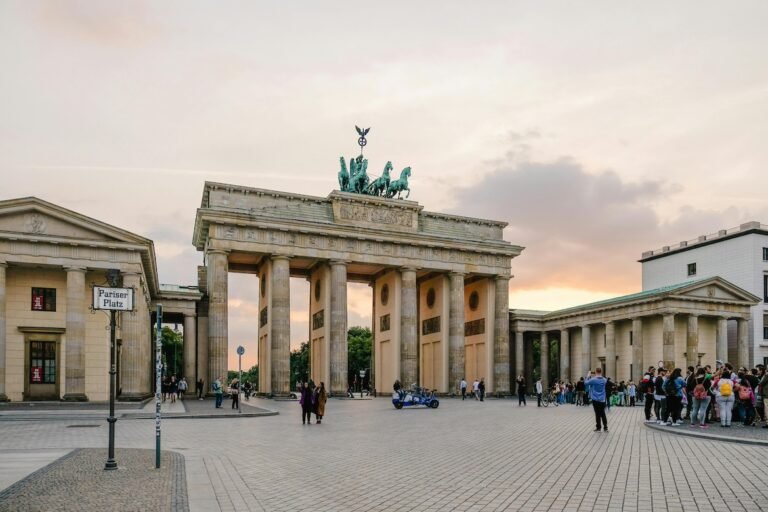Brandenburg Gate
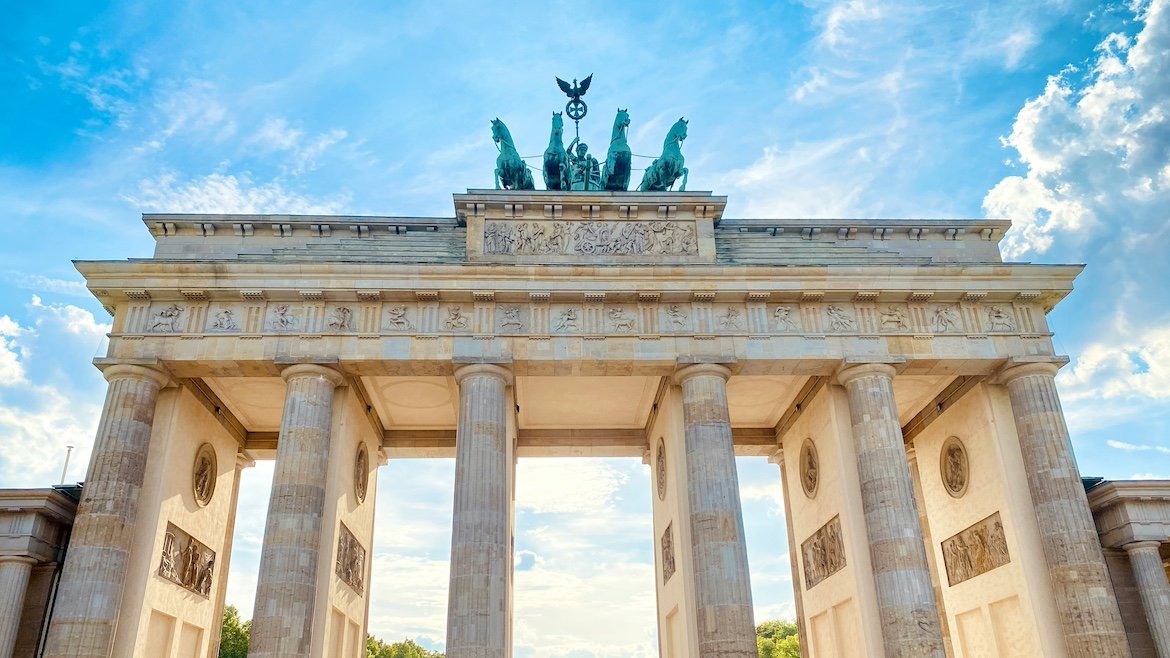
You’ve seen it in textbooks, postcards, and history documentaries — but nothing beats standing in front of the Brandenburg Gate, Berlin’s most iconic landmark. Once a symbol of division during the Cold War, today it stands for unity and peace.
It’s especially striking at night, when the neoclassical columns are lit up and the square around it quiets down a bit. The gate sits at the end of the Unter den Linden boulevard and opens up to the sprawling Tiergarten Park.
Come early if you want to beat the crowds, or swing by at sunset when it’s bathed in golden light.
Reichstag Building & Dome
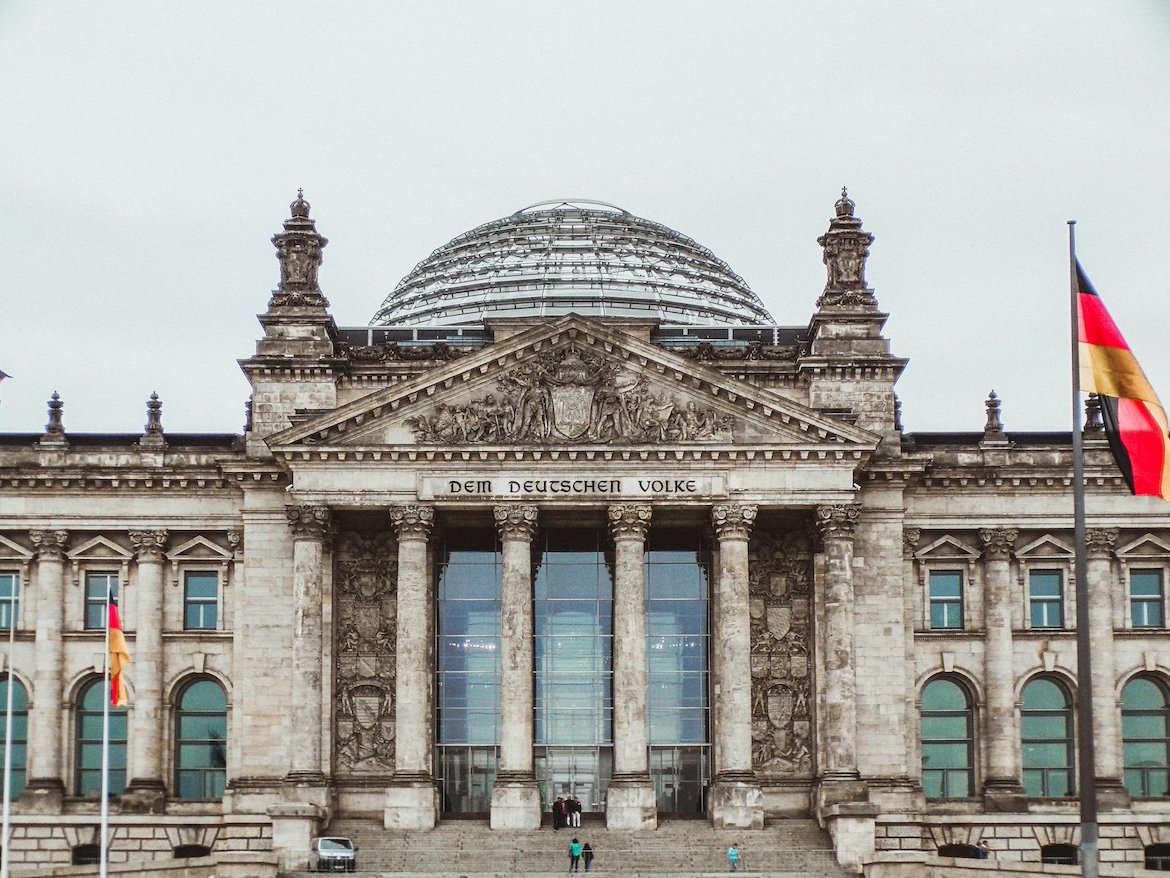
Right next to the Brandenburg Gate is the Reichstag, Germany’s parliament building, known for its bold mix of old and new — a classical facade topped with a futuristic glass dome.
The dome is open to the public and offers panoramic views of Berlin. Inside, a spiral walkway leads you to the top while giving you a peek into the debates below. It’s free to visit, but you need to book in advance (at least a few days ahead).
Even if you don’t go inside, the exterior and the open lawn in front are worth a visit. See info here.
Holocaust Memorial (Memorial to the Murdered Jews of Europe)
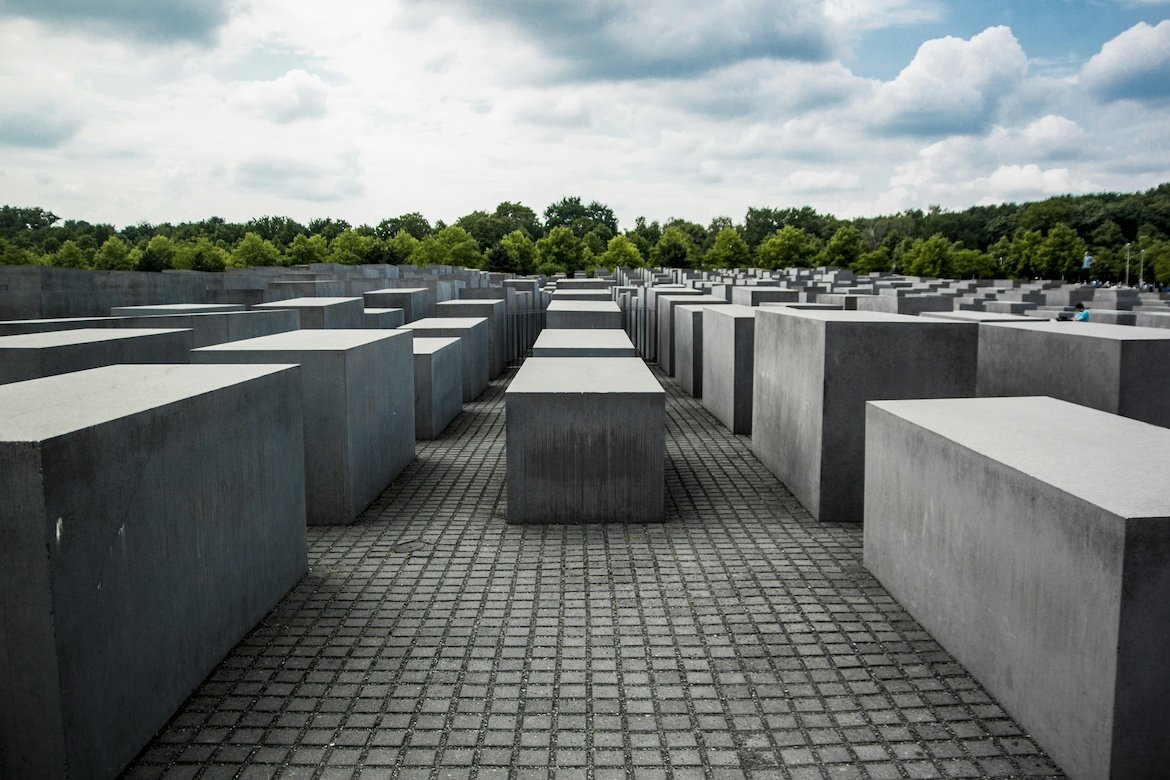
Just a short walk from the Brandenburg Gate is one of Berlin’s most striking and somber landmarks. The Holocaust Memorial is made up of 2,711 concrete slabs arranged in a grid — walking through them is disorienting, meditative, and emotional.
It’s free and open 24/7, with an underground exhibition center that gives deeper context. Visitors are asked to be respectful — this isn’t a photo op, but a space for remembrance.
A powerful place that speaks without needing words.
Berlin Wall Memorial (Gedenkstätte Berliner Mauer)
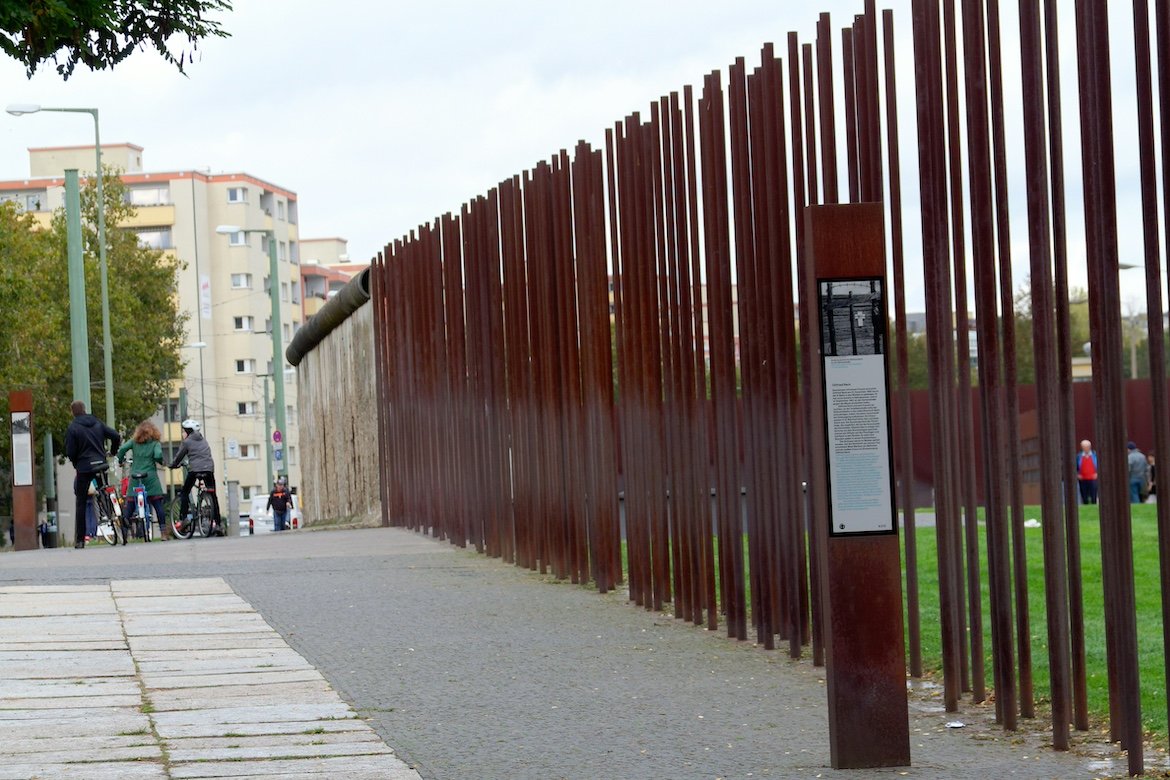
Forget the graffiti-covered fragments — this is where you really feel the impact of the Berlin Wall. The Berlin Wall Memorial on Bernauer Strasse is one of the most powerful places in the city.
It preserves a full section of the border, complete with a watchtower, “death strip,” and stories of those who escaped — and those who didn’t. Along the street, you’ll find metal strips marking where the wall once ran, along with exhibitions and outdoor photos.
It’s free, open-air, and deeply moving. Give it at least an hour.
East Side Gallery
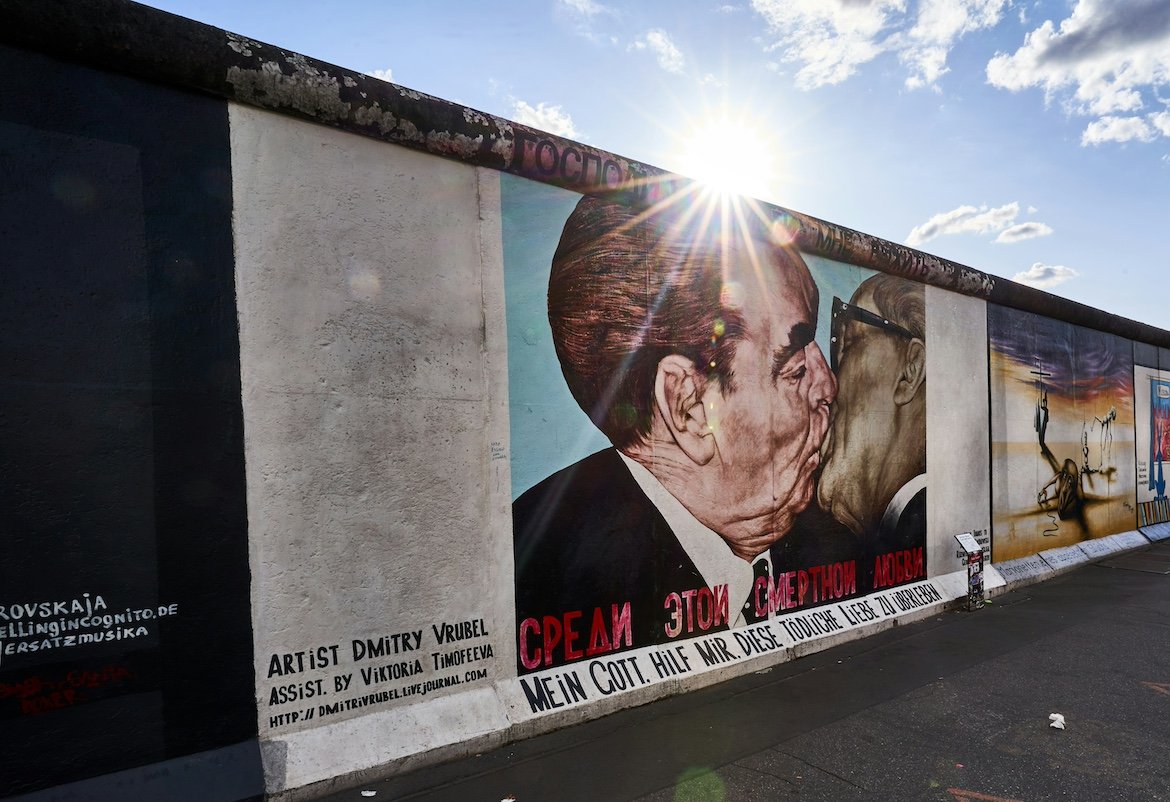
A kilometer-long stretch of the original Berlin Wall turned into an open-air gallery of freedom. The East Side Gallery features over 100 murals painted by artists from around the world just after the wall fell in 1989.
Some works are famous, like the “Fraternal Kiss” between Brezhnev and Honecker — others are surreal, hopeful, angry, or abstract. The wall runs along the Spree River, so the walk is scenic too.
Come early or on a weekday to enjoy it without crowds, and don’t skip the river view behind the murals.
Museum Island
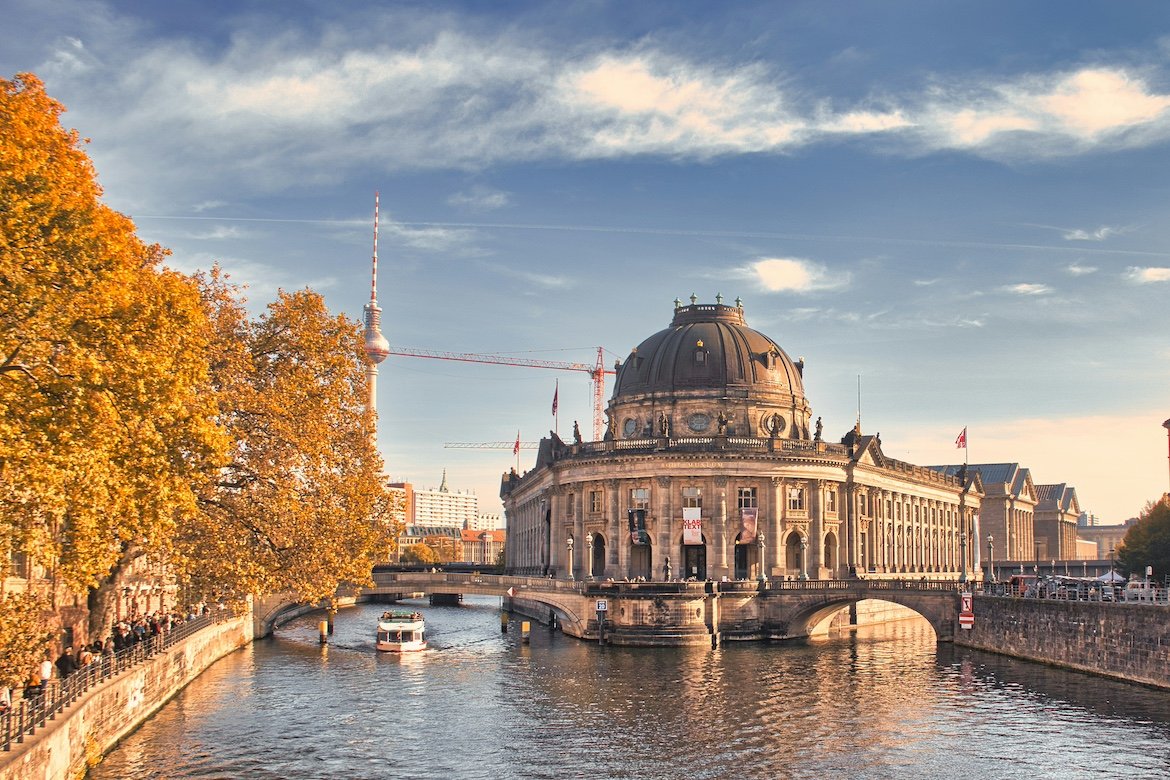
Even if you’re not stepping inside the museums (that comes in the next section), Museum Island deserves a walk-through. It’s a UNESCO-listed complex of five grand institutions, each with dramatic facades, colonnades, and wide stone steps.
The setting — surrounded by the Spree River and small bridges — makes it feel more like a palace district than a museum quarter. The architecture alone is a photo op, especially around Lustgarten Park and Berlin Cathedral next door.
If the weather’s good, grab a coffee and just wander. It’s one of the most elegant corners of the city.
Berlin Cathedral (Berliner Dom)
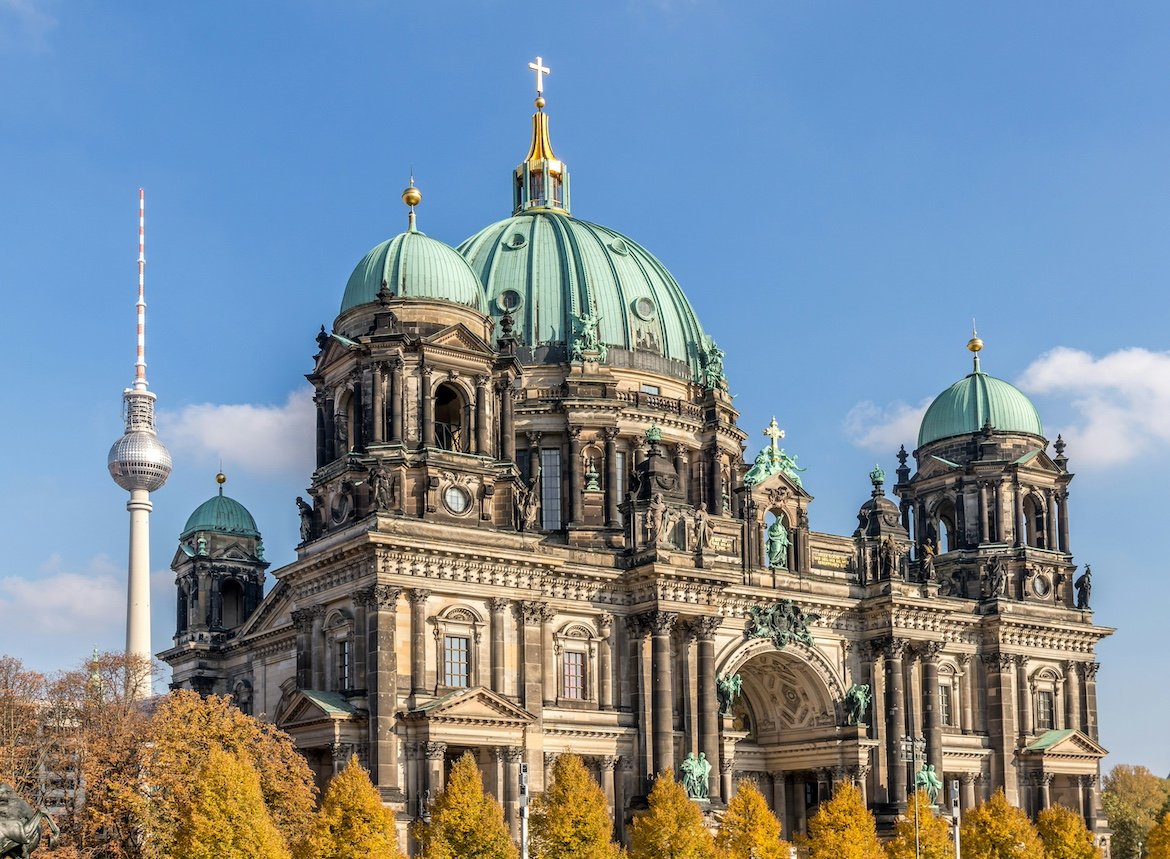
This massive Protestant cathedral dominates the skyline of Museum Island with its green dome and imposing presence. While relatively new by European standards (completed in 1905), it feels grand and imperial.
Inside, you’ll find ornate decor, a huge pipe organ, and the Hohenzollern family crypts. But the real highlight is climbing up to the dome — it’s a bit of a workout, but the 360° view over central Berlin is worth every step.
If you’re short on time, even admiring the building from Lustgarten Park is impressive.
Alexanderplatz & TV Tower
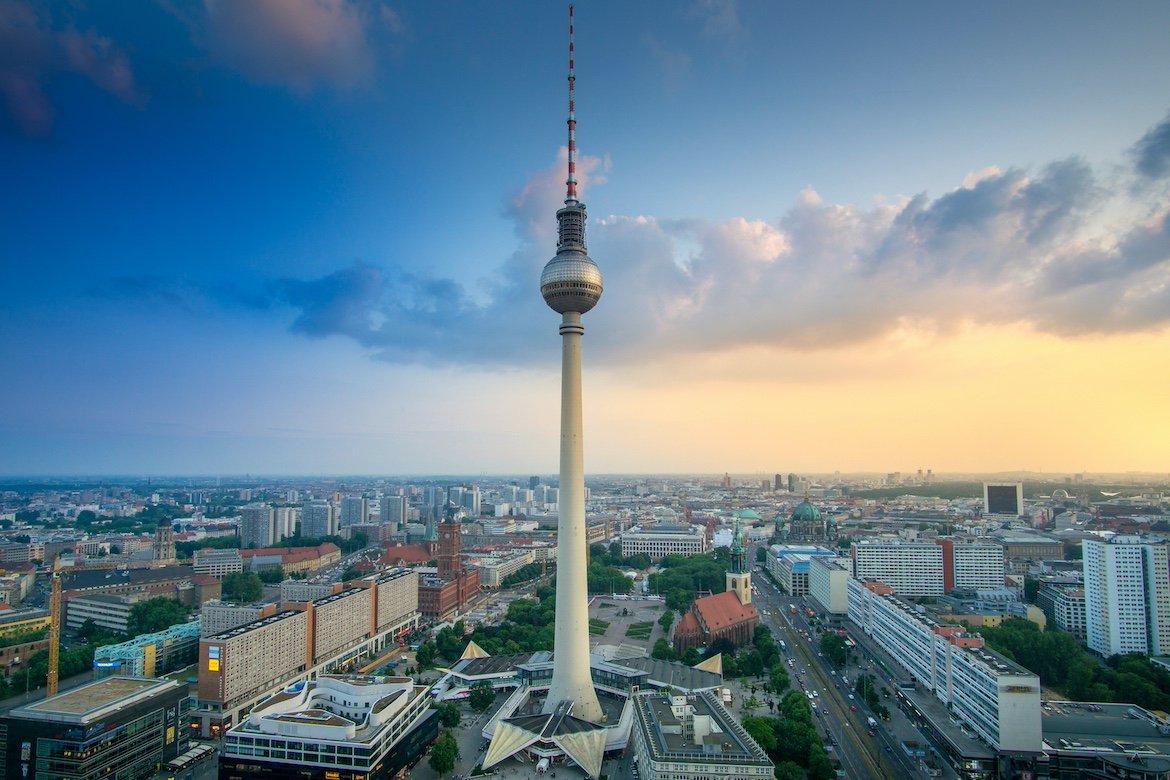
Alexanderplatz is chaotic, concrete-heavy, and packed with energy — not everyone loves it, but it’s undeniably a central part of Berlin life. Street performers, food stalls, trams, and shoppers all blend into one.
Above it all rises the TV Tower (Fernsehturm) — the tallest building in Germany. You can ride the elevator up to the observation deck or the rotating restaurant, both offering sweeping city views.
See info here: TV Tower Official Website.
Tip: Book tickets in advance, especially during summer weekends. Or just enjoy people-watching down on the plaza.
Checkpoint Charlie
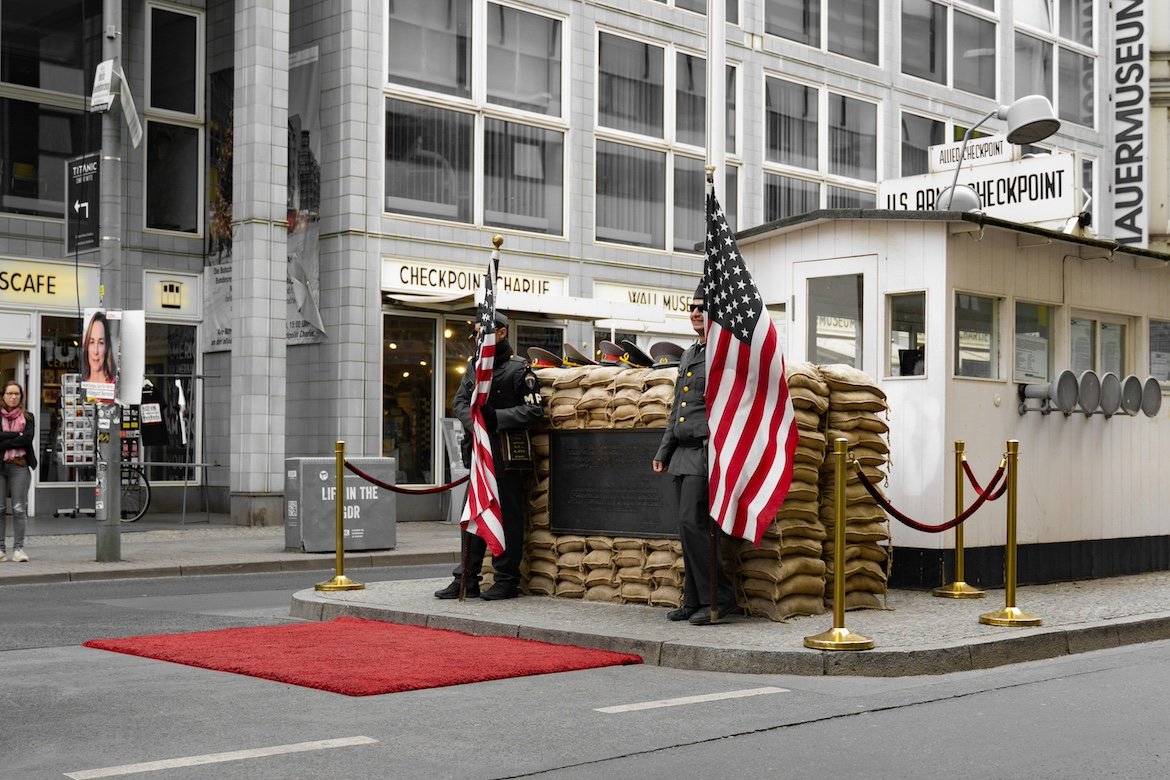
It looks touristy now — and it kind of is — but Checkpoint Charlie was once one of the most tense border crossings during the Cold War. American tanks faced Soviet tanks here, and it symbolized the fragile line between East and West.
Today there’s a replica guardhouse, dramatic photo boards, and plenty of historical markers. The small museum nearby dives deeper into escape attempts and real stories from the divided Berlin.
Stop by if you’re walking between Mitte and Kreuzberg — it’s a quick but meaningful visit.
Potsdamer Platz
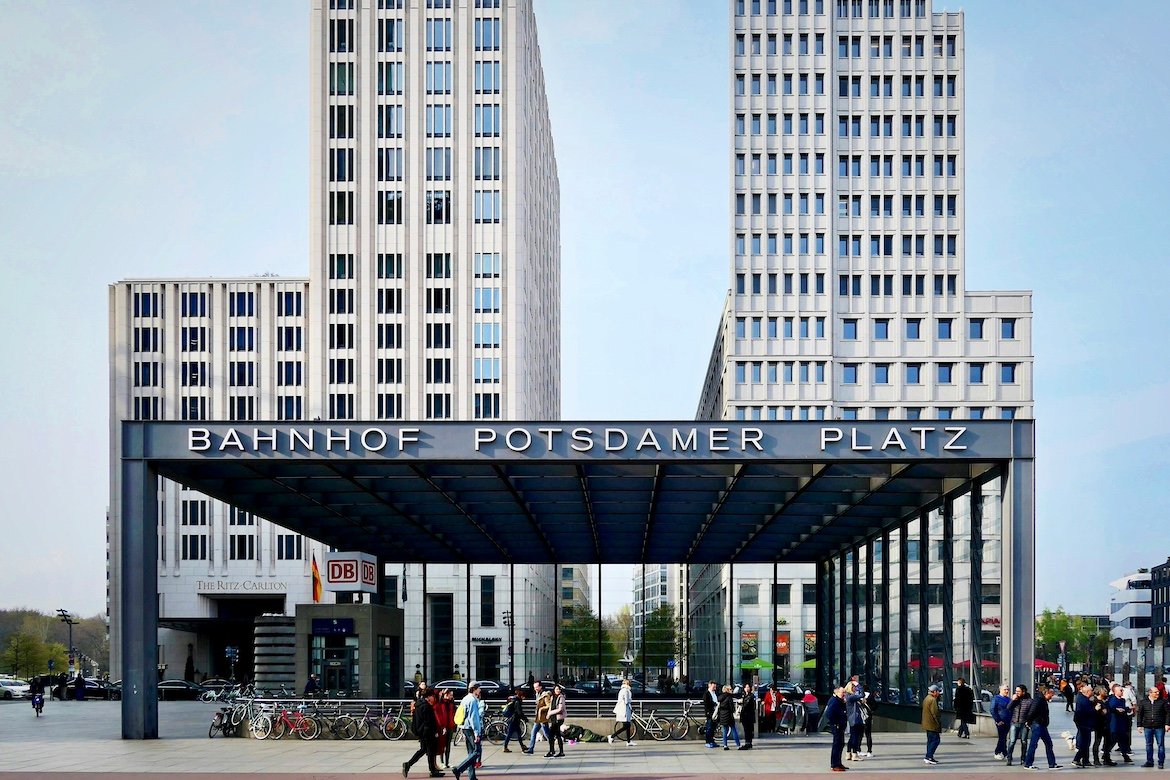
Once a wasteland between two walls, Potsdamer Platz is now a slick business and entertainment district — and a symbol of Berlin’s rebirth. Think skyscrapers, cinemas, and glass facades that wouldn’t look out of place in Tokyo or New York.
There’s not much old Berlin charm here, but it’s fascinating to see how the city filled in this former no-man’s-land.
Check out the small section of the Wall that’s still standing and visit the rooftop terrace of the nearby mall (Panoramapunkt) for good city views.
Tiergarten Park
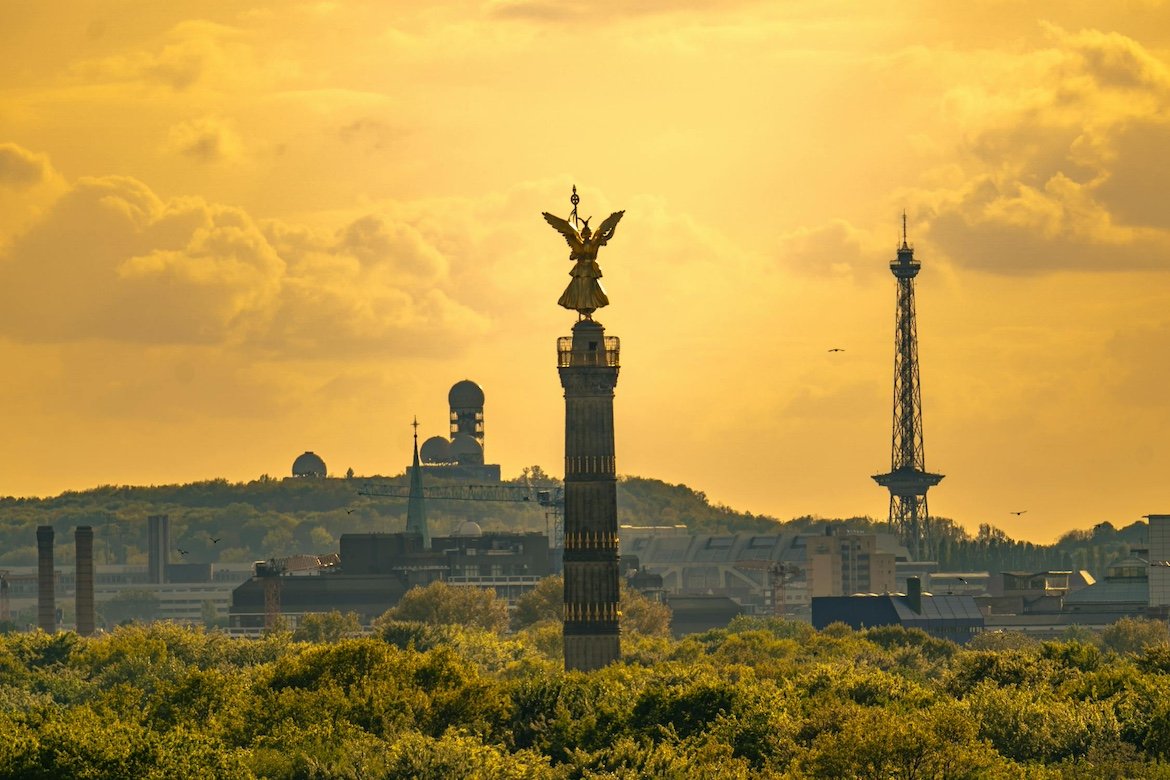
Berlin’s green heart, the Tiergarten is a huge central park stretching from Brandenburg Gate to the Berlin Zoo. Think of it as the city’s version of Central Park — only more relaxed, less polished, and often more peaceful.
You’ll find lakes, tree-lined paths, beer gardens, and locals cycling, jogging, or just lying on the grass. The Victory Column in the middle (Siegessäule) is worth climbing for views.
Great for a picnic, a break from sightseeing, or just a long afternoon stroll.
Gendarmenmarkt Square
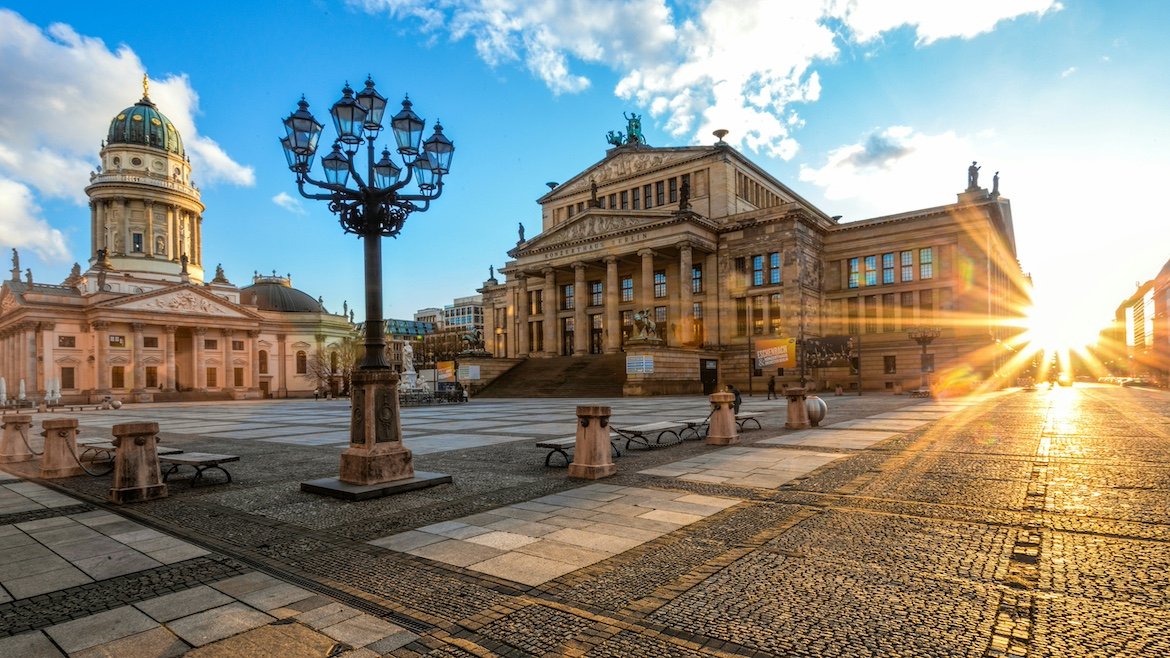
Often called Berlin’s most beautiful square, Gendarmenmarkt is framed by two grand cathedrals — the French and German Dom — and the elegant Konzerthaus in between.
It’s a peaceful spot for a break, especially in the early morning or at golden hour. There are plenty of cafés and restaurants nearby too, making it a great place to pause between museums or shopping.
In December, this is home to one of Berlin’s most beloved Christmas markets.
Charlottenburg Palace & Gardens
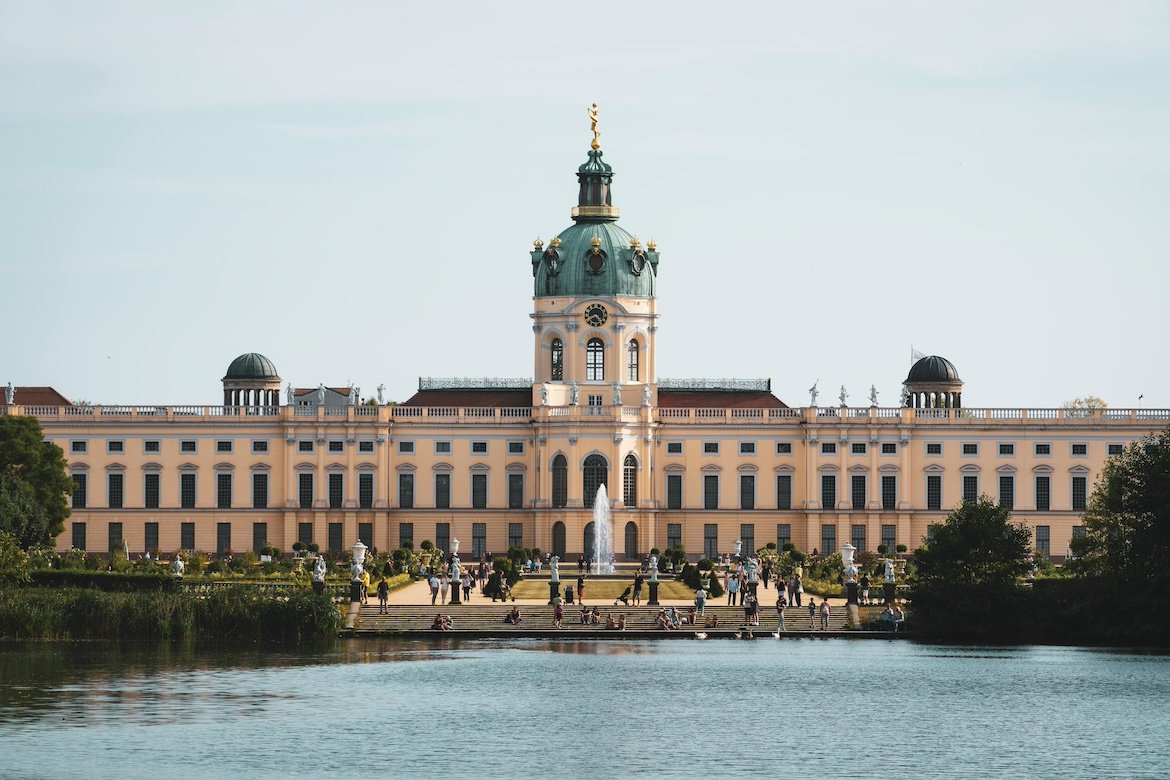
Escape the urban grit and step into a baroque daydream. The Charlottenburg Palace is Berlin’s most elegant royal residence, with opulent halls, porcelain rooms, and lush French-style gardens.
Even if you don’t go inside, the palace grounds are perfect for a peaceful walk. In summer, the lawns fill with sunbathers and couples; in winter, it hosts one of Berlin’s best Christmas markets.
It’s a short U-Bahn ride from central Berlin — and worth it, especially if you want a break from the city’s modern edge.
Museums & Art
Berlin doesn’t do museums halfway — from ancient treasures to cutting-edge contemporary art, it has something for every kind of culture lover. Whether you’re into archaeology, painting, architecture, or politics, you’ll find a place that hooks you. Here are the top spots to dive into.
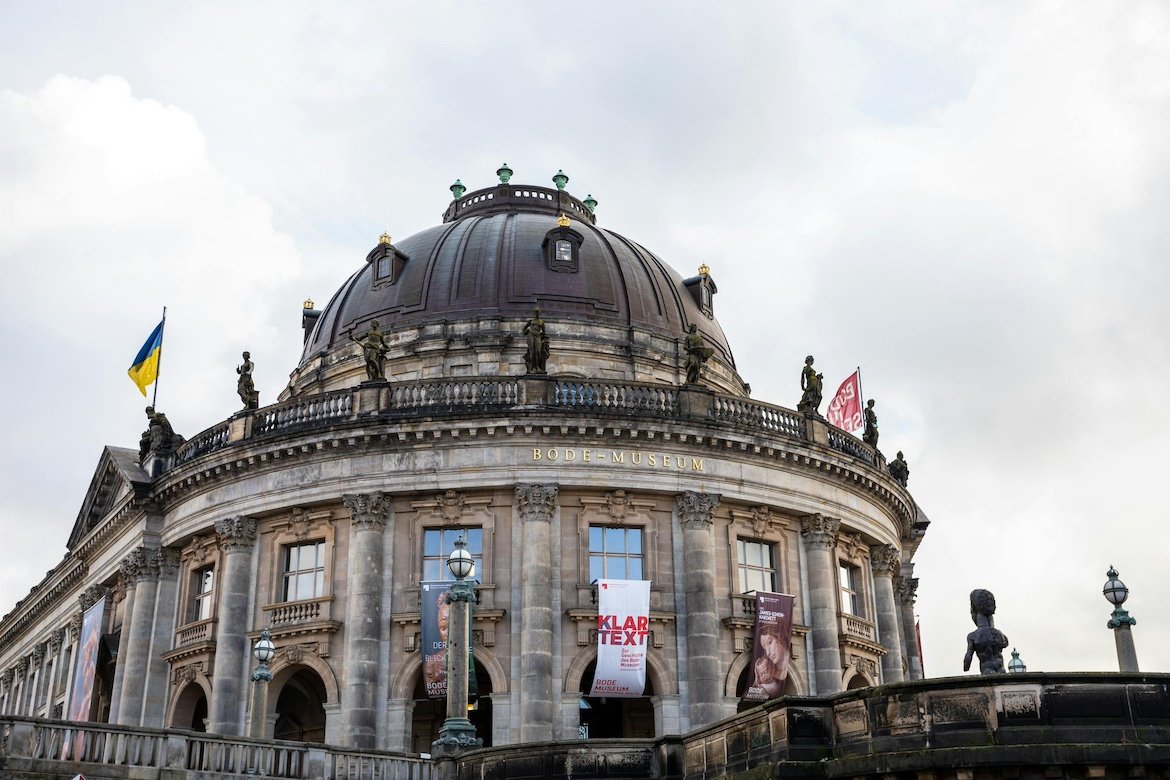
Pergamon Museum
(Museum Island)
One of Europe’s most visited museums, the Pergamon is famous for its massive reconstructions of ancient architecture — like the Ishtar Gate of Babylon and the Market Gate of Miletus. It’s the kind of place that leaves you feeling tiny in the best way.
Note: The main hall is currently under long-term renovation, but parts of the collection are still open in the Pergamon Museum. Das Panorama nearby.
Pergamon Museum Official Website
Neues Museum
(Museum Island)
If you want to meet Nefertiti, this is the place. The Neues Museum houses the Egyptian Museum and Papyrus Collection, along with prehistoric artifacts and early classical pieces.
The building itself is worth seeing too — restored in a way that combines the old ruins with sleek modern design.
Alte Nationalgalerie
(Museum Island)
Love 19th-century art? The Old National Gallery is your go-to. It’s packed with Romantic, Impressionist, and early Modernist works — including pieces by Caspar David Friedrich, Monet, and Rodin.
The neoclassical building looks like a temple, which fits the vibe perfectly.
Alte Nationalgalerie Official Website
Berlinische Galerie
(Kreuzberg)
This lesser-known museum is a gem for fans of modern and contemporary art — think Berlin-based artists, avant-garde works, and experimental media. It covers art from 1870 to the present with a strong local angle.
It’s rarely crowded and beautifully curated. Perfect for a quieter cultural detour.
Berlinische Galerie Official Website
Jewish Museum Berlin
(Kreuzberg)
Even if you’re not a museum person, this one will stay with you. Designed by Daniel Libeskind, the architecture is as powerful as the content. The zigzagging layout, the voids, and the Garden of Exile all reflect themes of loss and remembrance.
Inside, you’ll find permanent and temporary exhibitions on Jewish life in Germany — past and present.
Jewish Museum Berlin Official Website
Topography of Terror
(Niederkirchnerstrasse, near Checkpoint Charlie)
Located on the former site of the Gestapo and SS headquarters, this is one of the most important documentation centers about the Nazi regime. It’s heavy and sobering, but essential.
The exhibitions (both indoor and outdoor) cover the rise of the Nazis, persecution, and WWII atrocities — with clear timelines, photos, and personal stories. Entry is free.
Topography of Terror Official Website
Hamburger Bahnhof – Nationalgalerie der Gegenwart
(Moabit, near Hauptbahnhof)
Housed in a former train station, this is Berlin’s top venue for contemporary and post-war art. Expect works by Beuys, Warhol, Rauschenberg, and cutting-edge temporary exhibitions.
It’s big, bold, and very Berlin.
Hamburger Bahnhof Official Website
Deutsches Historisches Museum (German Historical Museum)
(Unter den Linden)
If you want to understand Germany’s complex history, this museum is the best starting point. The exhibitions walk you through the country’s journey from the Middle Ages to today — with a lot of nuance and no whitewashing.
It’s currently being renovated, but parts of the collection are open in the Pei Building, designed by the architect of the Louvre Pyramid.
Deutsches Historisches Museum Official Website
What to Do

Berlin isn’t just about monuments and museums — it’s a city that breathes creativity, contrast, and a healthy dose of weirdness. Here’s what to do when you’re not checking off landmarks:
Ride the rooftop swing at Park Inn Hotel
If you’re into thrill-seeking with a view, head to the Park Inn Hotel at Alexanderplatz. At the very top, you’ll find Base Flying, where you can take a controlled jump off the roof — or just chill nearby and try the iconic rooftop swing that faces the Berlin TV Tower. It’s an adrenaline rush with a panoramic view of the city.
See info on Official Web Site
Hang out at Tempelhofer Feld
Once an airport, now a massive public park, Tempelhofer Feld is Berlin’s most unique open space. Locals use the old runways for cycling, skating, and kite-surfing (yes, really). Bring snacks, rent a longboard or bike, and enjoy how surreal it is to be chilling on what used to be a functioning runway. Sunset here? Magical.
See the street art in Kreuzberg & relax at Görlitzer Park
Kreuzberg is Berlin’s creative soul. Take a walk through the area’s backstreets for incredible murals, guerrilla graffiti, and unexpected installations. Görlitzer Park, right in the heart of the district, is a perfect spot to crash with a drink after exploring — it’s scruffy, lively, and 100% Berlin.
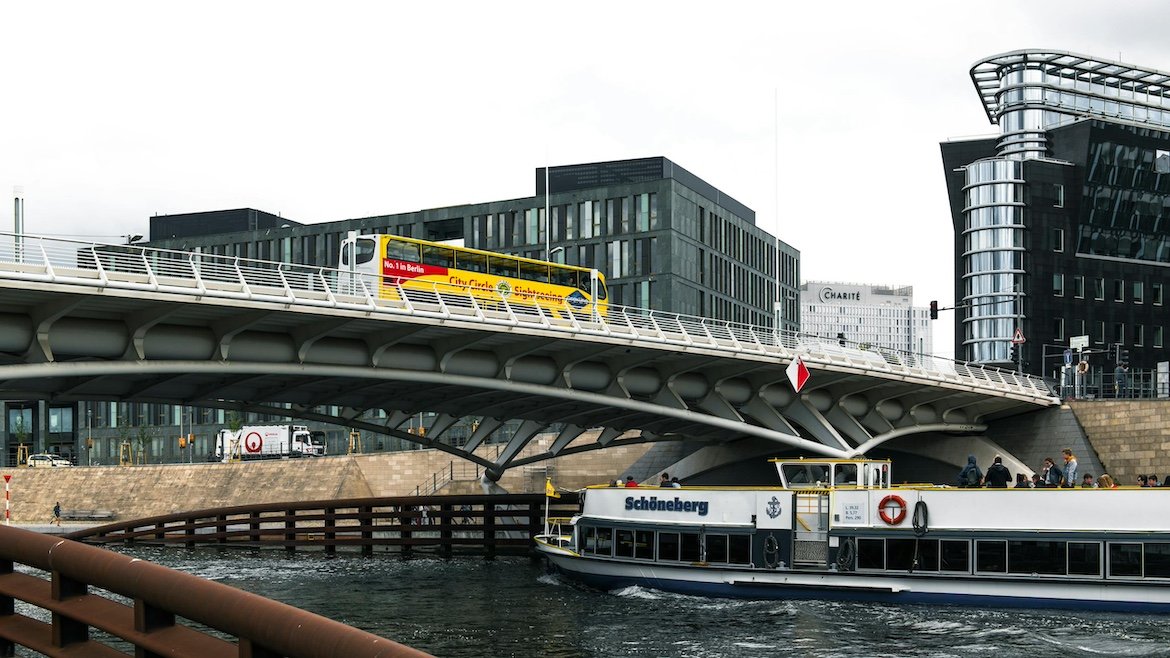
Take a Spree river cruise
See the city from the water with a Spree cruise, especially if you’re visiting in spring or summer. You’ll drift past the Reichstag, Museum Island, and lots of postmodern architecture that’s hard to appreciate from the street. Tours range from short loops to longer sunset rides with drinks.
See info on Official Web Site
Explore Berlin’s legendary nightlife
Whether you’re into dark techno basements, open-air parties, or cocktail bars with a view — Berlin’s nightlife is its own universe. Don’t just go to Berghain (though you can try). Check out Sisyphos, Kater Blau, or a low-key bar crawl through Neukölln or Friedrichshain. And yes, people here party until 8AM — so pace yourself.
Visit the swans in Alt-Treptow
For something slower and almost meditative, walk along the Spree in Alt-Treptow, especially around Insel der Jugend (Island of Youth). It’s green, quiet, and full of birdlife — swans included. Rent a paddle boat or just sit by the water with a coffee and take in the calm side of Berlin.
Where to Eat
Berlin’s food scene is as eclectic as the city itself — from Turkish döner stands to Michelin-starred spots, Soviet-style canteens to plant-based fine dining. Whether you’re after currywurst or contemporary German cuisine, you won’t go hungry here.
Popular Tourist Spots
These are the places visitors love — for the view, the story, or the Berlin-style classics.
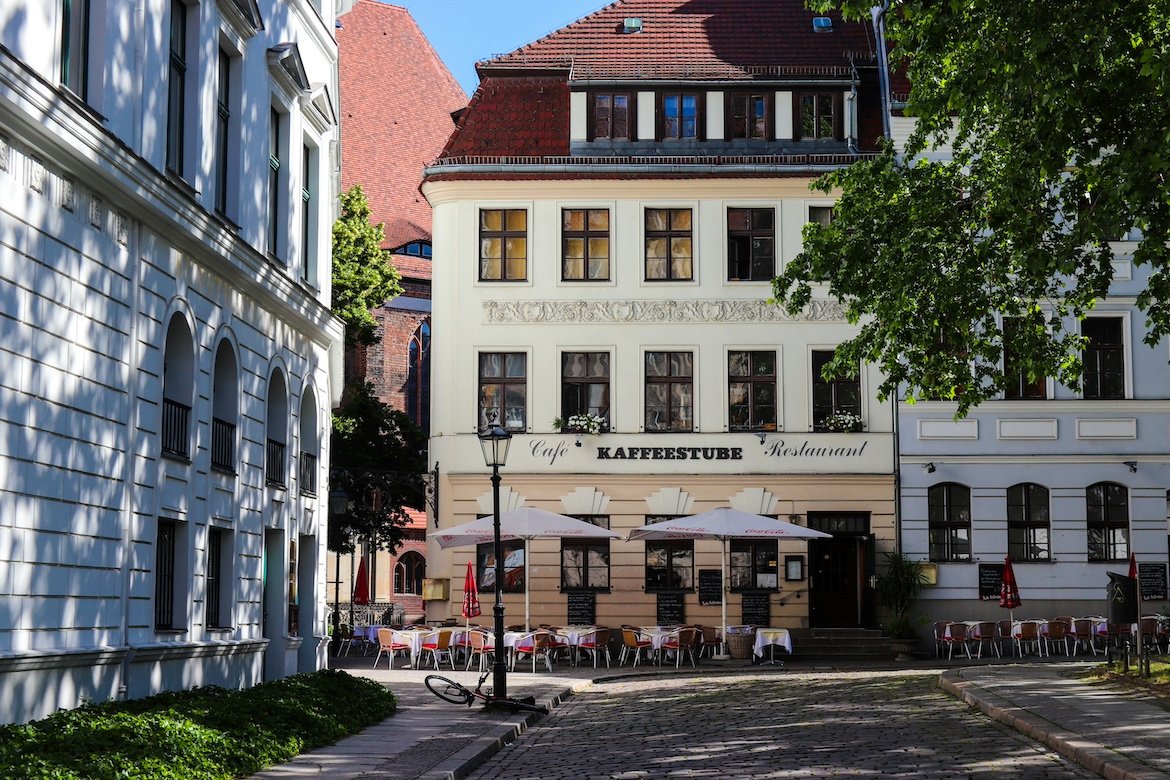
Markthalle Neun
A lively indoor market in Kreuzberg with food stalls ranging from Korean to vegan burgers. Go on Street Food Thursdays or just stop by for lunch and a craft beer.
Restaurant Neni
A rooftop spot with glass walls and a panoramic view over the zoo and Tiergarten. The food is Middle Eastern–Mediterranean fusion, with lots of flavor and shareable plates.
Curry 36
The go-to place for currywurst, Berlin’s cult street food. Grab a sausage, add some fries, and eat it standing at one of the outdoor counters — just like the locals.
Clärchens Ballhaus
A historic dance hall with a charming courtyard and hearty German food. Dine in the mirror hall, sip a spritz, and soak in the nostalgic vibes.
KaDeWe Gourmet Floor
Located in the iconic department store, this is a luxury food court meets culinary playground, with oyster bars, Champagne, truffles, and classic schnitzel.
Local Favorites
These are spots Berliners actually go to — casual, cool, and full of character.
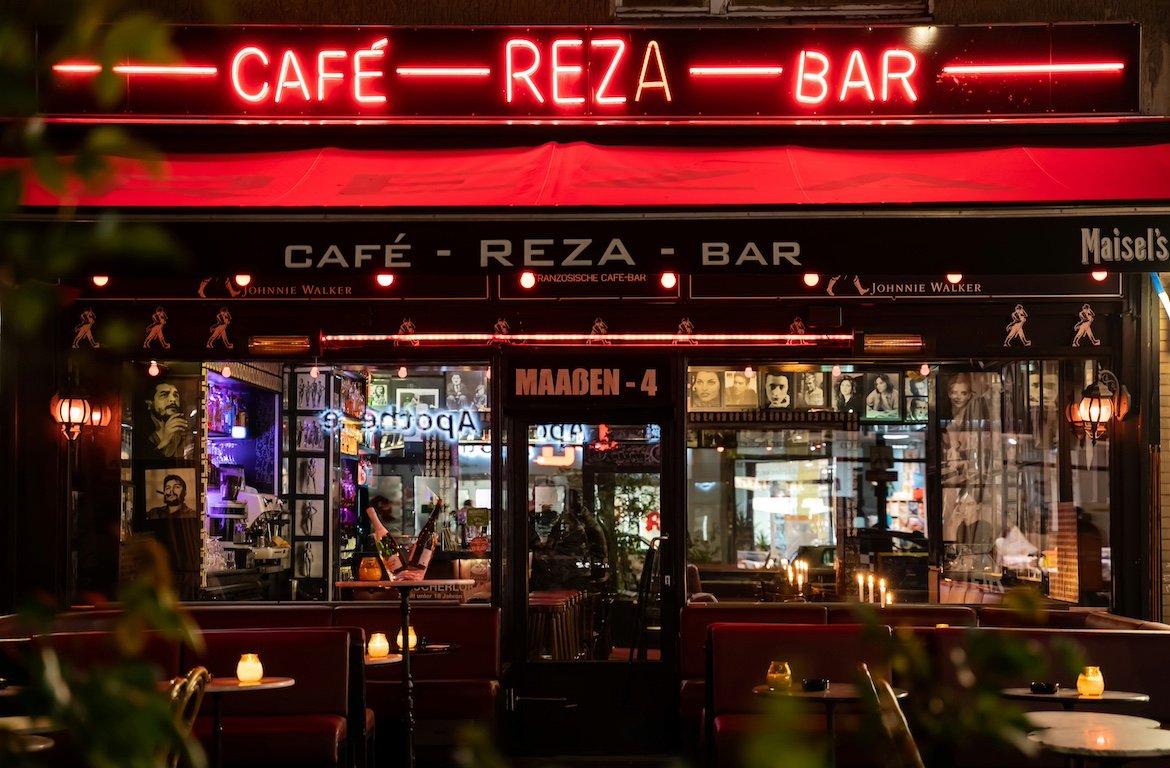
Zur letzten Instanz
Berlin’s oldest restaurant, serving traditional Prussian fare in a cozy, wood-paneled setting. Try the pork knuckle or Königsberger Klopse.
Kanaan
A Middle Eastern–fusion restaurant run by an Israeli and Palestinian team. Amazing hummus, shakshuka, and one of the best vegan menus in town.
Beuster Bar
A low-lit, buzzing neighborhood favorite in Neukölln. Creative dishes with German roots, great cocktails, and good prices for the quality.
Henne
This old-school tavern is all about crispy fried chicken, potato salad, and Berliner Pilsner. No frills, all flavor.
Rüya Gemüse Kebab
A rising star in the next-gen kebab scene, with perfect grilled veggies, soft bread, and garlic-yogurt sauces that’ll ruin you for other kebabs.
Cafés & Coffee Shops
For your slow mornings, quick pick-me-ups, or rainy afternoon hideouts.
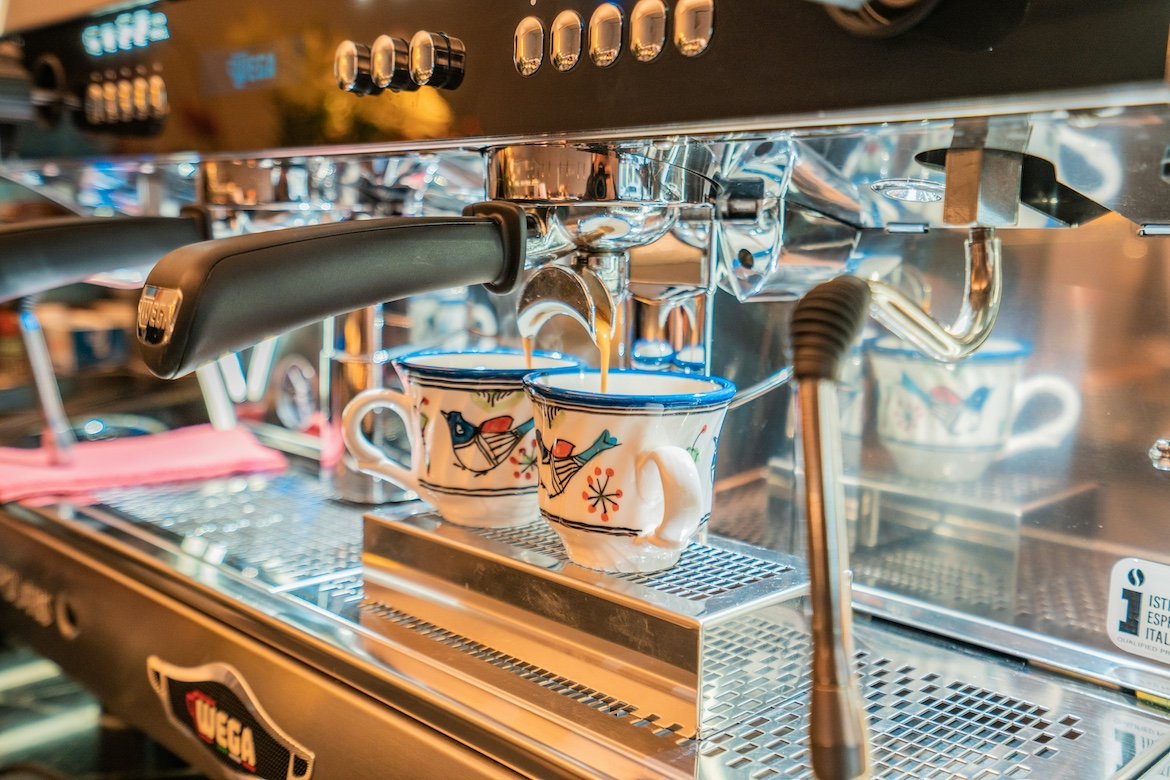
Five Elephant
Berlin’s third-wave coffee pioneer. Known for strong brews and legendary cheesecake, this Kreuzberg café roasts its own beans and never misses.
Silo Coffee
An Aussie-style brunch café in Friedrichshain with excellent espresso, poached eggs, and hipster vibes done right.
Father Carpenter
Hidden in a beautiful courtyard near Hackescher Markt. Great filter coffee, sourdough toast, and cinnamon buns.
Bonanza Coffee Roasters
Located in a former workshop in Kreuzberg, Bonanza is all about slow roasting and minimalist interiors. A must for coffee nerds.
Concierge Coffee
A tiny espresso bar hidden in an old gatehouse by the canal. Strong coffee, no nonsense.
19grams Alex
Just steps from Alexanderplatz, this stylish café serves specialty coffee and solid breakfast plates in a calm, modern space.
How to Get Around
Berlin is big — really big. But don’t worry: getting around is easy, efficient, and pretty affordable.
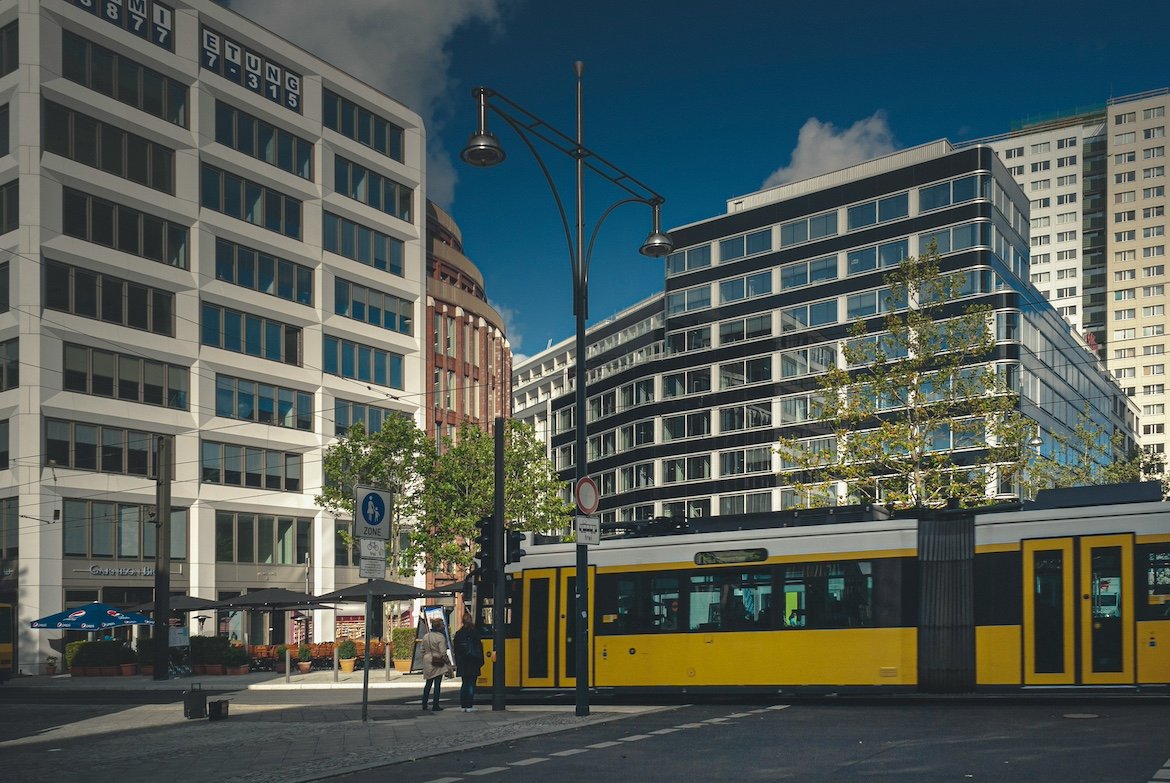
Public Transport
The city’s BVG network includes the U-Bahn (subway), S-Bahn (commuter trains), trams, and buses, all using the same ticket system. The U-Bahn is fast and frequent, especially in central areas, while trams are great for seeing the city as you move.
A single ticket (AB zone) costs around €3.20 and is valid for 2 hours in one direction — just don’t forget to stamp it before boarding. For tourists, the Berlin WelcomeCard (available for 48 hours to 6 days) offers unlimited rides and discounts at major attractions.
Check timetables and fares on BVG’s official site
Biking
Berlin is flat, bike-friendly, and full of scenic routes — especially through parks like Tiergarten or along the Spree. You can rent a bike from shops or use apps like Nextbike, Lime, or Donkey Republic.
Tip: Watch for tram tracks and bike lanes — and don’t cycle on the sidewalk!
Walking
Many neighborhoods (like Mitte, Prenzlauer Berg, or Kreuzberg) are best explored on foot. Bring comfy shoes — Berlin’s blocks are long and you’ll easily rack up 20,000 steps without noticing.
Airport Transfers
From BER Airport, the Airport Express (FEX) train gets you to Berlin Hauptbahnhof (Central Station) in about 30 minutes. Regional trains (RE7, RB14) and S-Bahn lines (S9, S45) also run regularly.
Taxis to the city center take 30–45 minutes and cost around €50.
Taxis & Ride Apps
Taxis are everywhere but not cheap. Use FreeNow or Uber, both available in Berlin — they often offer better prices and car options than traditional taxis.
Tips & Tricks
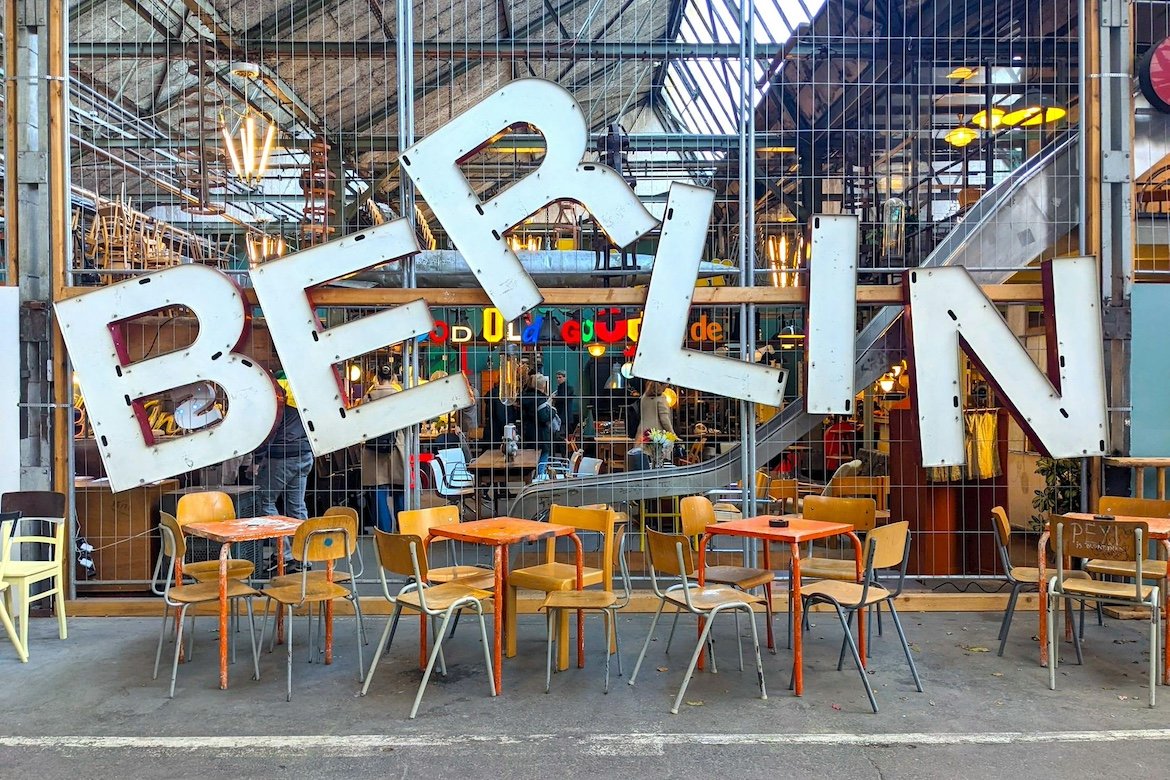
Berlin is a city of layers, where history, art, and innovation converge. To make the most of your visit to this dynamic metropolis, keep these practical tips in mind.
- Embrace the “Späti” Culture: Berlin’s countless “Spätis” (Spätkauf) are more than just corner shops; they’re cultural institutions. Open late (often 24/7), they’re perfect for grabbing an affordable beer, snacks, or last-minute essentials. It’s a true local experience.
- Sunday = Ruhetag (Rest Day) for Shops: Unlike Prague, Berlin largely observes “Ruhetag” on Sundays. Most shops, supermarkets, and boutiques are closed. Plan your grocery shopping accordingly. Museums, parks, and many restaurants, however, remain open, making it a perfect day for culture or relaxation.
- Learn a Few German Phrases (Even if English is Common): Berlin is very international, and many people speak English, especially younger generations and those in tourist areas. However, learning “Hallo,” “Danke,” “Bitte,” and “Entschuldigung” goes a long way and shows respect for the local culture.
- Be Mindful of Noise Levels, Especially at Night: Berliners value their peace, particularly in residential areas. When leaving bars or parties late at night, try to keep your voice down. Many apartment buildings have signs requesting “Nachtruhe” (night rest), and ignoring them can lead to complaints.
- Tipping Culture is Modest but Expected: In Germany, a 5-10% tip is standard for good service in restaurants and cafes. It’s common to round up the bill or add a small amount when paying directly to the server, rather than leaving cash on the table.
- Carry Your ID – Especially for Nightlife: Many clubs and bars in Berlin, particularly those with a strict door policy, will ask for a valid ID (passport or national ID card) to verify age. It’s also generally a good idea to have some form of identification on you.
- Explore the Green Spaces and Lakes: Berlin is surprisingly green, with numerous parks, forests, and lakes within or just outside the city. If you need a break from urban exploration, head to Tiergarten, Tempelhofer Feld (a former airport now a park), or take a short train ride to one of the many beautiful lakes like Wannsee or Müggelsee for swimming or relaxation.
Berlin is a city that truly lives and breathes its history while constantly reinventing itself. From the poignant reminders of its past to its thriving arts scene and vibrant nightlife, it offers an endlessly fascinating journey.
We hope this guide helps you explore its diverse neighborhoods, discover its hidden gems, and connect with its unique spirit. Get ready to immerse yourself in one of Europe’s most captivating capitals!
